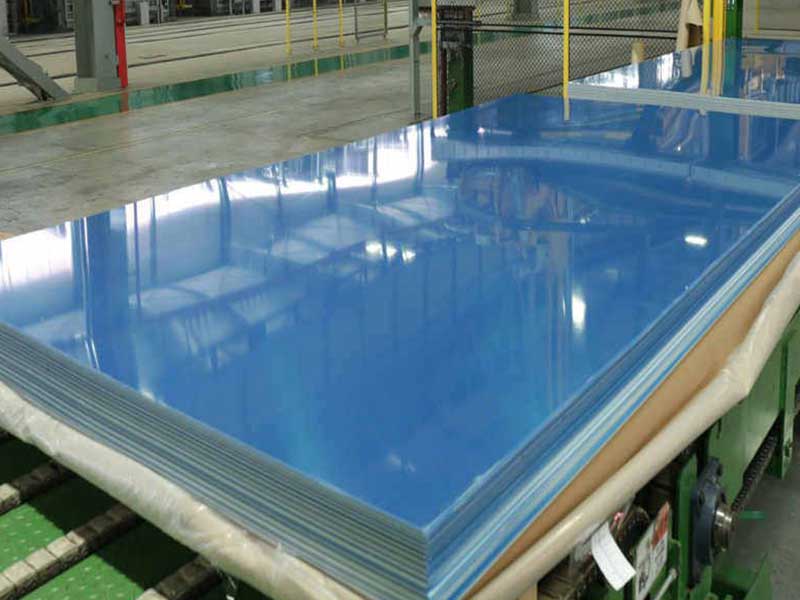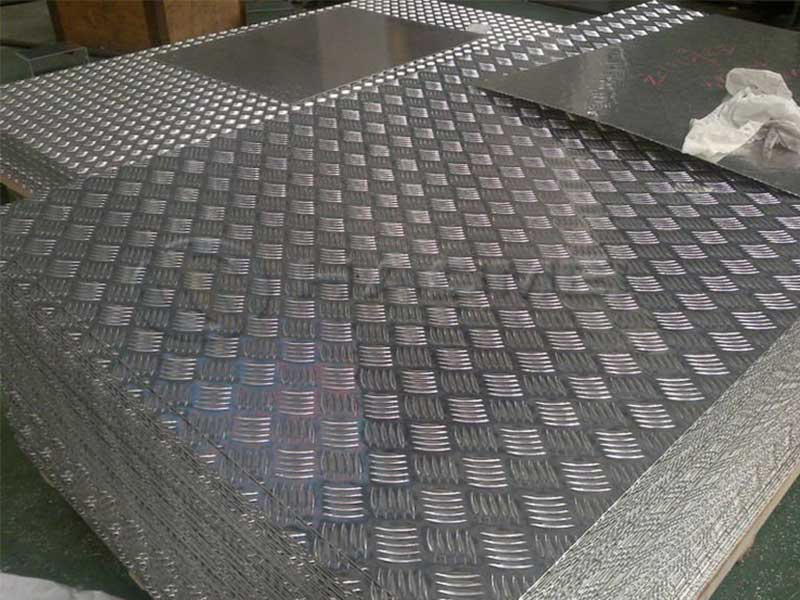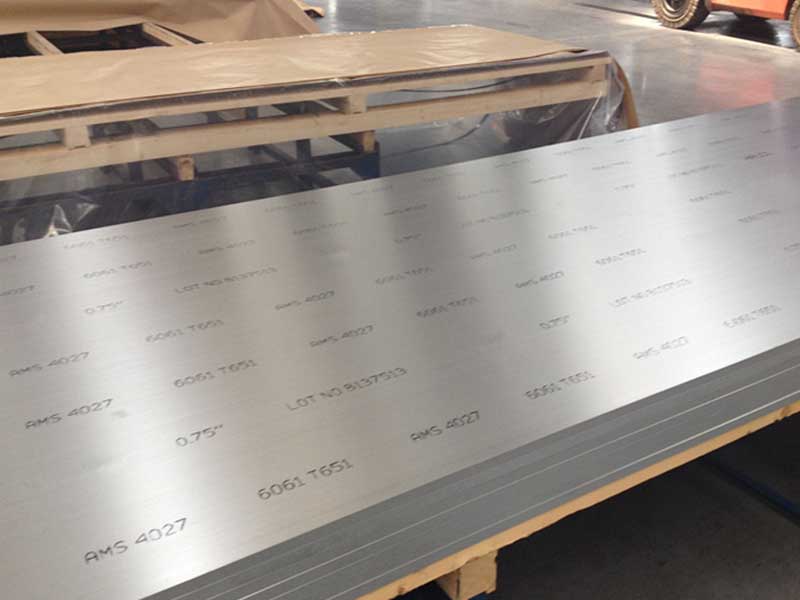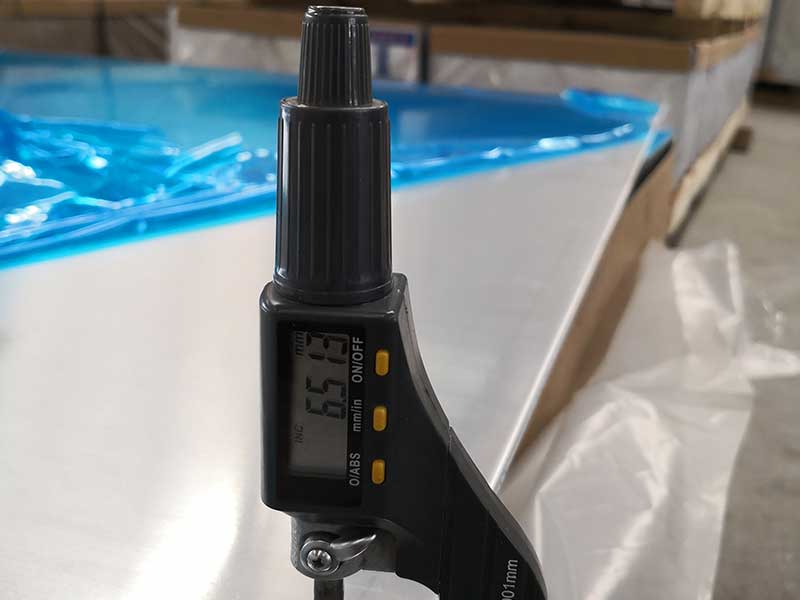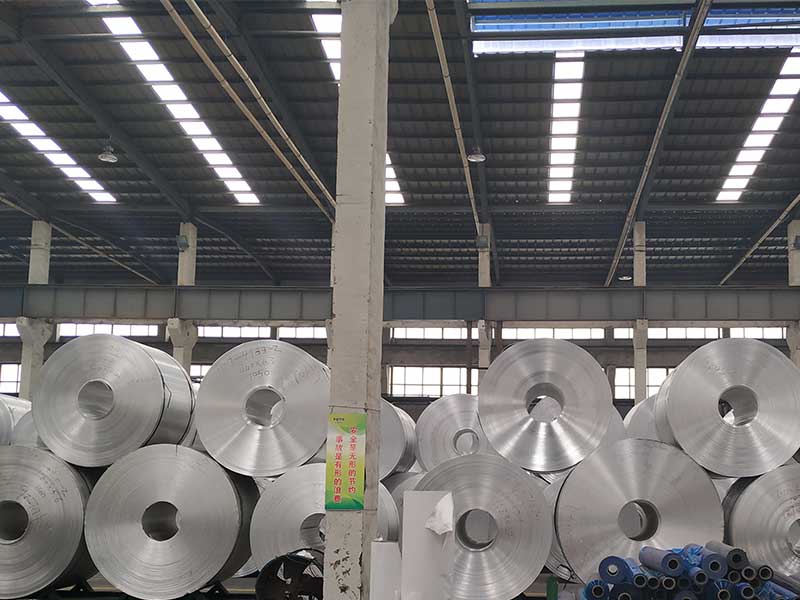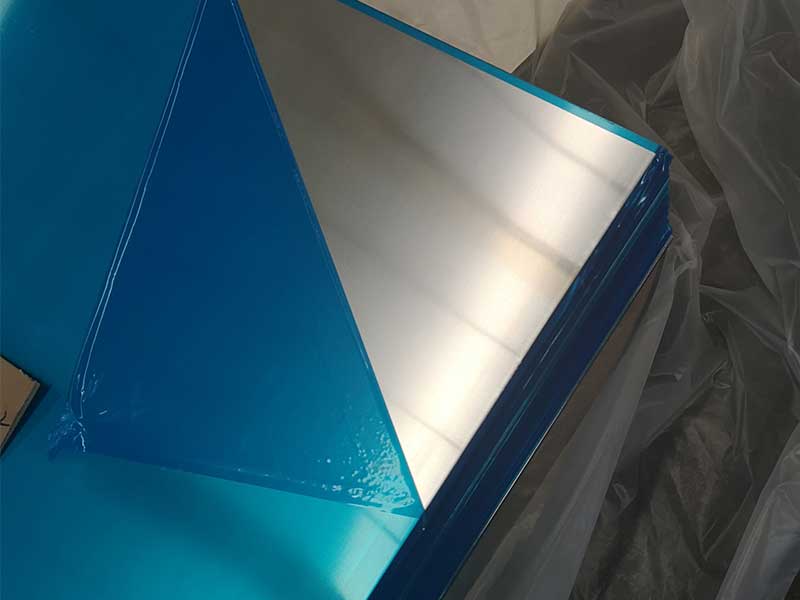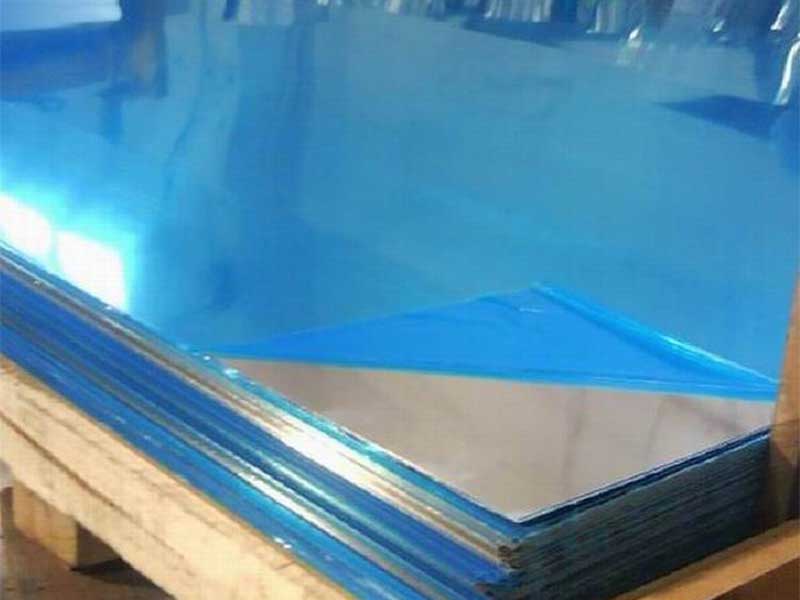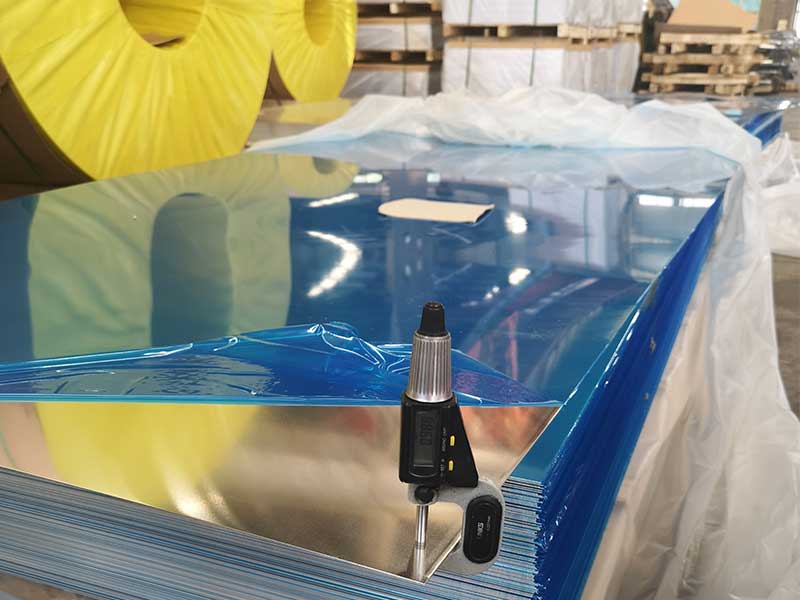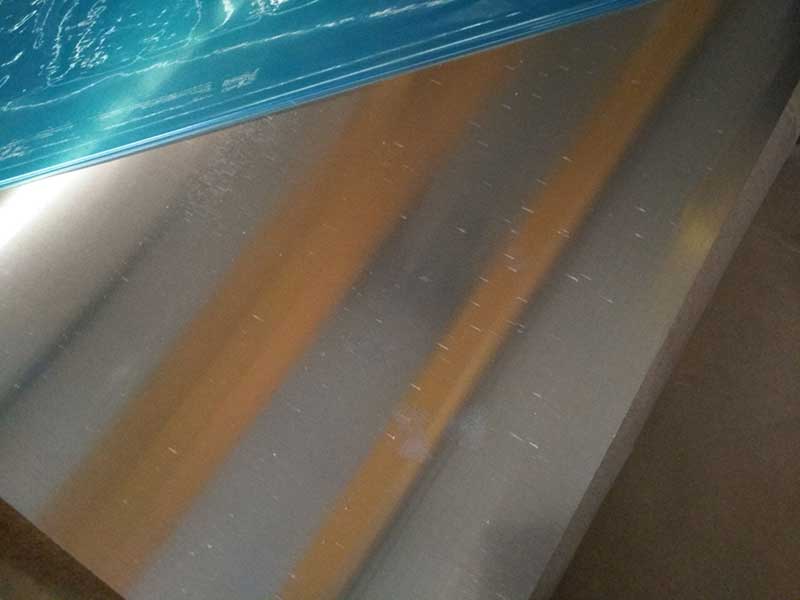2022-11-25 https://www.aluminum-coils.com/a/elimination-of-residual-stress-in-2014-aluminiumthick-plate.html
Generation of Residual StressWhen the 2024 aluminium thick plate is quenched by solid solution treatment, due to the inconsistency of cooling rate inside and outside the material, it will produce huge residual stress, which is harmful, not only will the material deform, but also will make subsequent mechanical processing impossible and workpiece scrap if not eliminated in advance. The thicker the sheet, the lower the quenching water temperature and the greater the residual force.
In industrial production, the widely used mechanical method for eliminating quenching residual stress is to apply a certain amount of tension or compression to the material after quenching to make it plastic deformation. This method is most suitable for plates and rods with simple shape and uniform cross section.
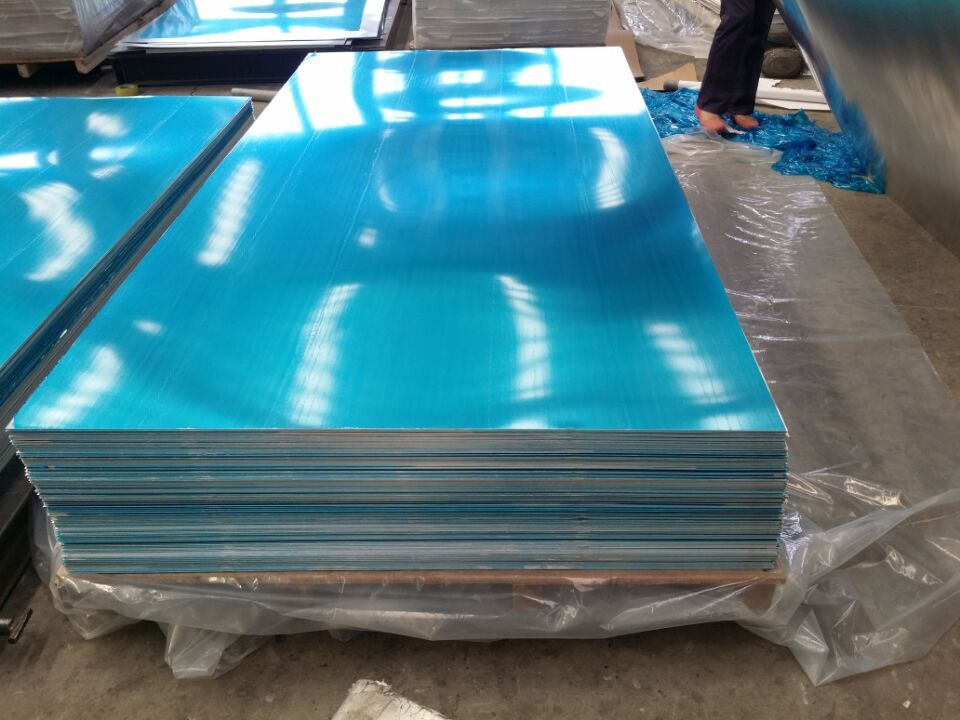
Elimination of Residual Stress
When the permanent deformation of rolled sheet and extruded sheet is 0.5% by stretching method, the residual stress is eliminated by 75%~80%. With the increase of stretching amount, the residual stress decreases very slowly. Even if the permanent deformation amount reaches 3.5%, 1%~22% residual stress is still retained in the material. Therefore, the tensile strength is set at 1%~3%.
If more stringent flatness is required, local bending can be further leveled by cold processing after stretching, but new residual stresses will be generated in the leveled part after cold processing. Therefore, thick plates with strict requirements for residual stress should not be further bending leveling (roll straightening) after stretching.
When using compression method to eliminate quenching residual stress of thick plate, the release amount of longitudinal and transverse residual stress is quite different, and the release amount of transverse residual stress is much smaller than that of longitudinal. When the compression permanent deformation is about 1%, most of the residual stress can be eliminated. Therefore, the compression method is used to eliminate the residual stress of thick plate, and the permanent deformation is 1%~5%. High quality and low residual force thick plate can be produced by suitable special press.
Roller straightening is also one of the most effective mechanical methods to eliminate the residual stresses in plates, rods and pipes. When the radius of curvature decreases gradually, the roll straightening is repeated in the opposite direction, and eventually the flat sheet is obtained. However, compared with the tension method, the effect of eliminating residual stress is smaller, and it is not easy to control the residual stress.
Practice has proved that stretching or compression straightening has little effect on the strength and properties of 2014 aluminium alloy thick plate.

